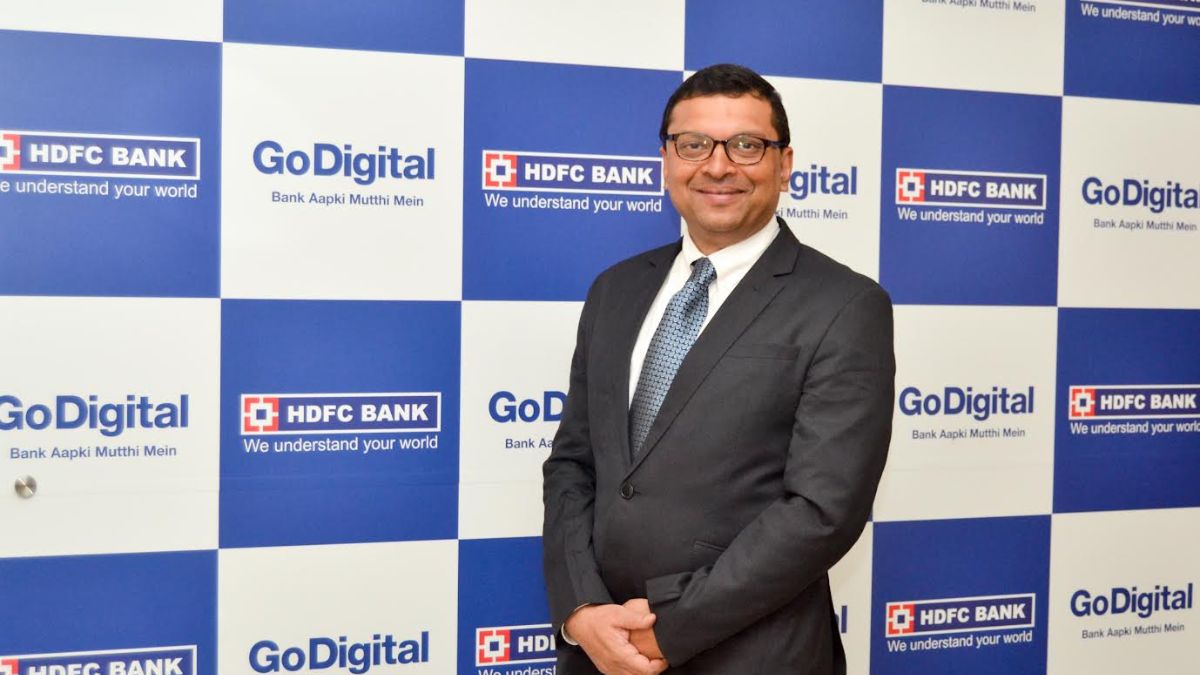HDFC Bank’s Chief Economist Comments on RBI’s Monetary Policy
Abheek Barua of HDFC Bank highlighted that, despite the governor's emphasis on domestic factors influencing monetary policy decisions, any potential rate cut by the RBI might align with the U.S. Federal Reserve's rate cut cycle

Advertisement
AHMEDABAD,GUJARAT : Abheek Barua, Chief Economist at HDFC Bank, shared his insights on the Reserve Bank of India’s (RBI) latest monetary policy announcement. As anticipated, the RBI maintained its policy rate and stance unchanged. However, the Monetary Policy Committee (MPC) decision featured two dissenting votes, an increase from the single dissent observed in the previous policy meeting.
One of the key takeaways from the policy announcement was the upward revision of the GDP growth forecast for FY25, which has been increased to 7.2% from the earlier estimate of 7%. “This revision is a positive signal for the economy,” Barua noted. Despite this optimistic outlook on growth, the RBI has kept its inflation forecasts unchanged, indicating ongoing concerns about price stability.
“The RBI remains in a wait-and-watch mode, closely monitoring domestic developments such as the performance of the monsoon, food inflation trends, and the new fiscal strategy before making any changes to the rates,” Barua explained. He added that there is still a possibility of a rate cut in the fourth quarter of 2024, contingent upon these factors.
Abheek Barua of HDFC Bank highlighted that, despite the governor’s emphasis on domestic factors influencing monetary policy decisions, any potential rate cut by the RBI might align with the U.S. Federal Reserve’s rate cut cycle. “This alignment would be strategic to limit financial market volatility,” he suggested, emphasizing the interconnected nature of global financial markets.
On the regulatory front, Barua pointed out the RBI’s decision to increase the bulk deposit limit from INR 2 crore to INR 3 crore. “This move signals the RBI’s intention to encourage banks to attract more retail deposits, which is essential for funding credit growth,” he remarked. This change is seen as a proactive step to ensure that banks have sufficient resources to meet the increasing demand for credit.
Advertisement

